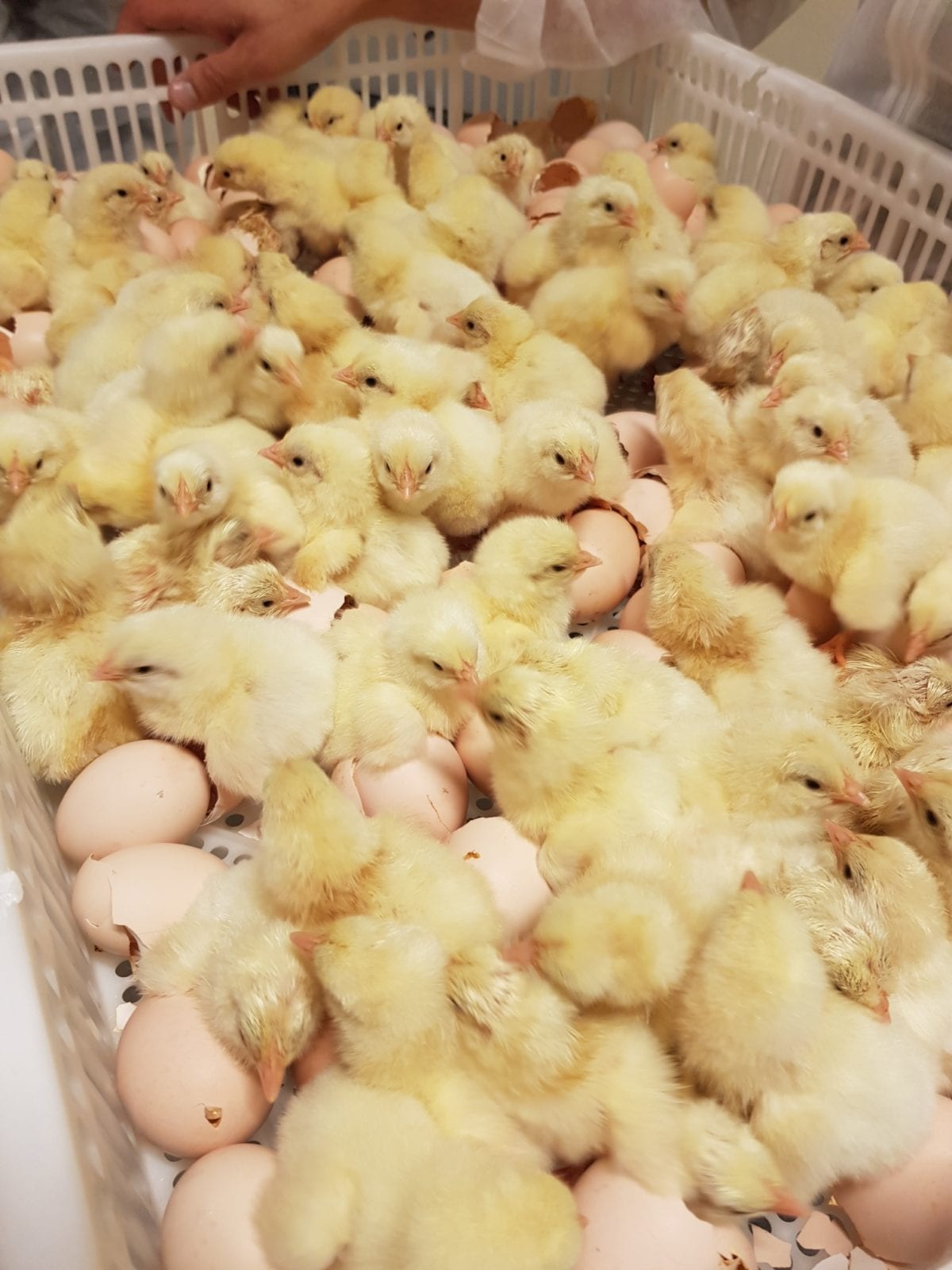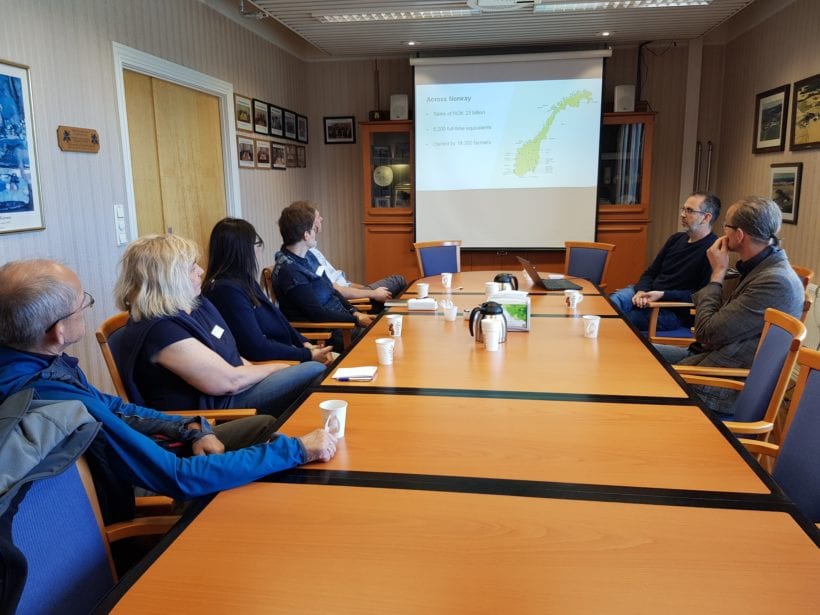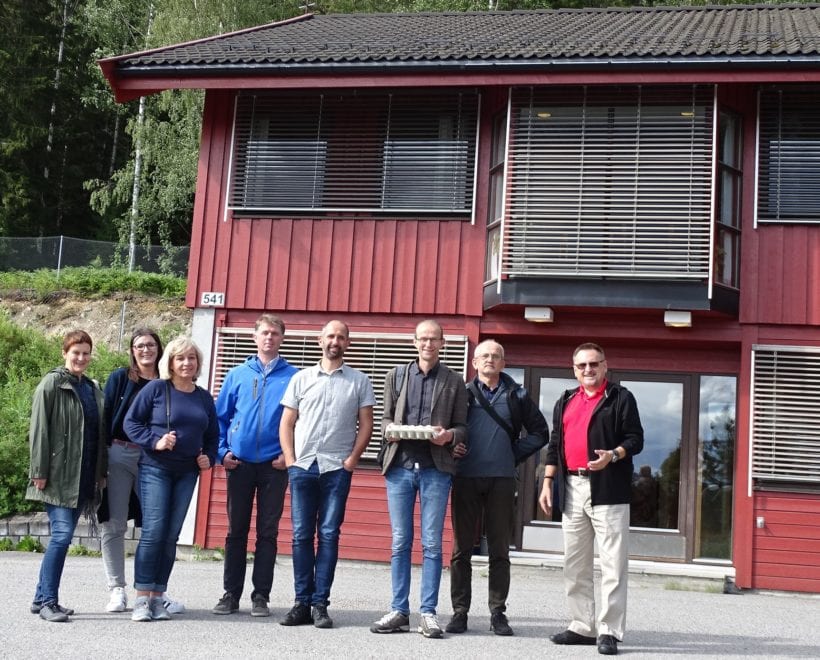Polish Poultry Specialists Receive USSEC Technical Training in Norway
- Category:
- Animal Utilization
- General News

Norway is a relatively rich European country, getting its wealth mainly from natural gas and oil as well as its salmon industry. Although the country operates under harsh geographical and climatic conditions, it nevertheless has highly a developed poultry industry and excellent poultry nutrition and feed manufacturing researcher institutions such as the Norwegian University of Life Sciences at As near Oslo.
Dr. Birger Svihus, professor of nutrition at the university and former president of the European Society of Poultry Nutrition (ESPN), has worked with USSEC European customers at various events for a few years, sharing his knowledge. He worked in Poland for many months and has a good grasp of the Polish poultry and feed industry. The university also has a renowned feed manufacturing experimental center (FoerTek) headed by Dr. Dejan Miladinovic, which was a deciding factor for USSEC’s decision to organize a weeklong training for Polish poultry and feed specialists in Norway.
This training featured two classroom days to learn about the most advanced methods of broiler and turkey nutrition and feed manufacturing technology combined with practical exercises held at the FoerTek, followed by a tour of the Norwegian poultry industry, accompanied by Dr. Svihus.
Each morning, the team of seven boarded a rental van, moving from a university classroom to a slaughterhouse and a processing plant, from a feed manufacturing training station to a commercial feed mill, from a broiler grandparent flock to a integrated hatchery, from a broiler farm to a meeting room for classes with Dr. Svihus. The van was a place for long discussions on how things should be done according to professional literature versus how commercial conditions in Poland, Norway, various EU countries or the United States verify the scientific results. The hosts and Polish participants shared their successes and ideas on optimizing the things that are important in the poultry industry.
This exceptional training that combined theoretical and practical knowledge and bonds were forged between the Polish industry members and the Norwegian researchers and practitioners. While USSEC conducted that training, a few Polish feed mills were processing U.S. hi-pro soy into poultry diets.












